Popular Lacrosse Heads
See more Popular Lacrosse Heads
Maverik Tactik 3.0
55 Available

STX Stallion 1K
57 Available
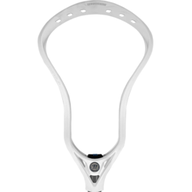
Warrior Evo Qx-O
78 Available

Maverik Optik 3.0
103 Available

ECD Lacrosse Ion
181 Available
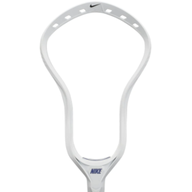
Nike L3
45 Available
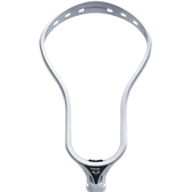
ECD Lacrosse DNA 2.0
40 Available
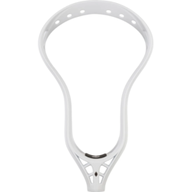
StringKing Mark 2V
91 Available

ECD Lacrosse Mirage 2.0
103 Available
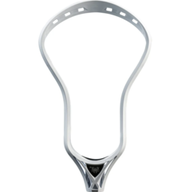
ECD Lacrosse Rebel
80 Available

Maverik Kinetik 2.0
88 Available
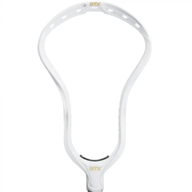
STX Stallion 900
56 Available
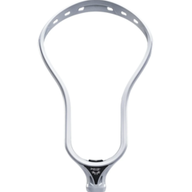
ECD Lacrosse DNA
44 Available

Nike CEO
28 Available

Maverik Tactik 2.0
88 Available

Maverik Kinetik 3.0
54 Available

STX Surgeon 900
41 Available

Warrior Evo 5
33 Available

STX Ultra Power
36 Available

Gait GC3
25 Available

STX Hammer 900
33 Available

StringKing Mark 2A
72 Available
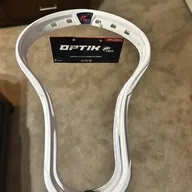
Maverik Optik Force
36 Available
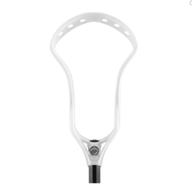
Maverik Kinetik
67 Available

Under Armour Command
77 Available

Warrior Burn FO
27 Available

Maverik Optik 2.0
34 Available
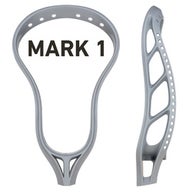
StringKing Mark 1
29 Available

STX Stallion 700
44 Available

STX Stallion
33 Available
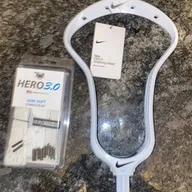
Nike CEO 3
33 Available

Maverik Optik
35 Available
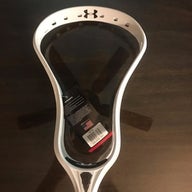
Under Armour Command Low
37 Available

True Hzrdus
32 Available
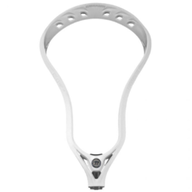
Warrior Evo
18 Available
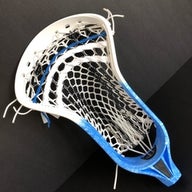
Epoch Z-ONE
38 Available

Nike Lakota U
20 Available

Nike Lakota
28 Available
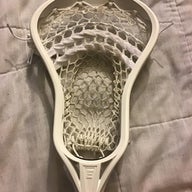
Epoch iD Vision
22 Available
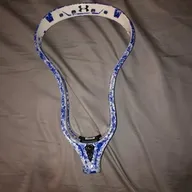
Under Armour Command 2
43 Available
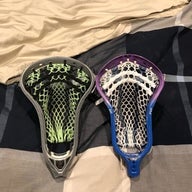
STX Surgeon 700
24 Available
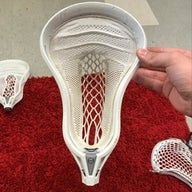
Warrior Evo Warp Pro
31 Available

Other Generic
27 Available

Warrior Burn
27 Available

Warrior Burn XP-D
26 Available

STX AV8
27 Available
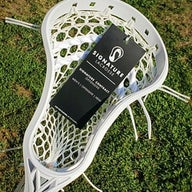
Signature Contract Offense
22 Available
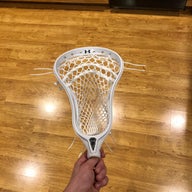
Under Armour Command D
16 Available

True Key
17 Available
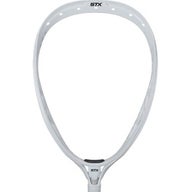
STX Eclipse 2
23 Available
Shop by Brand
STXMaverikWarriorECD LacrosseNikeBrineEpochTrueGaitHEADdeBeerAdidasAdrenalineTribe7HarrowReebokEastonCascade
2,368 Results
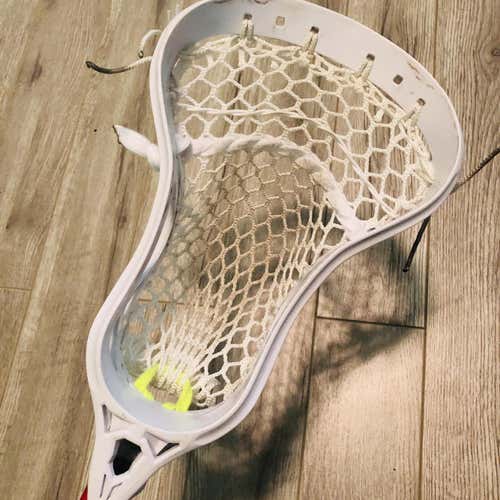
jpowers1410
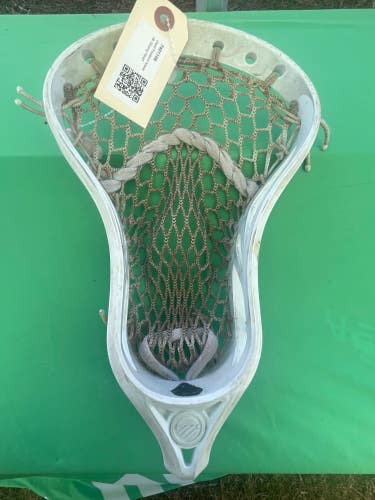
blowout_bargains
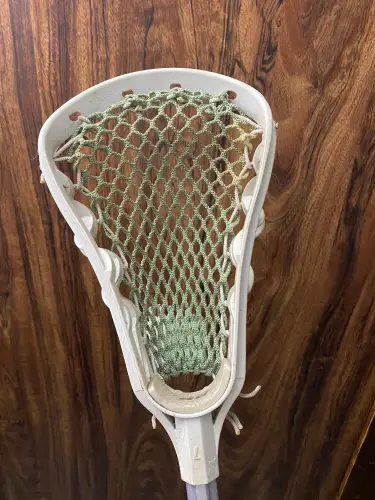
Szechuan_Strings
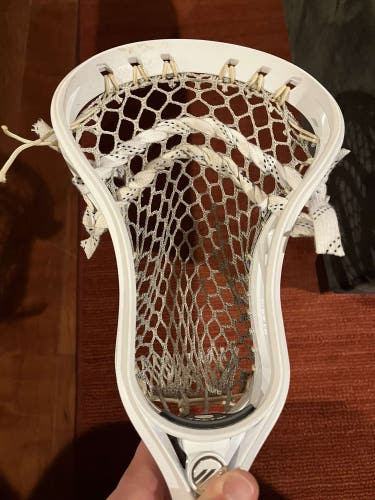
Elivelepec
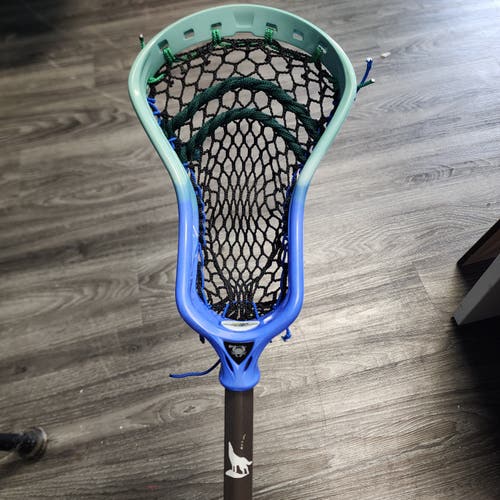
TwistedHeads
New ECD Ion Head
$150
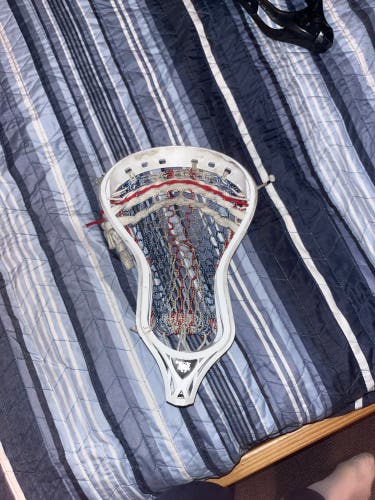
Rudylax
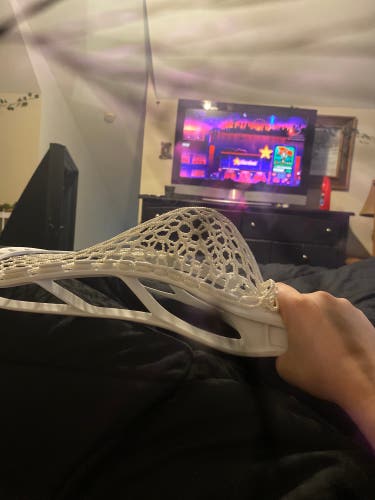
hudsonr296
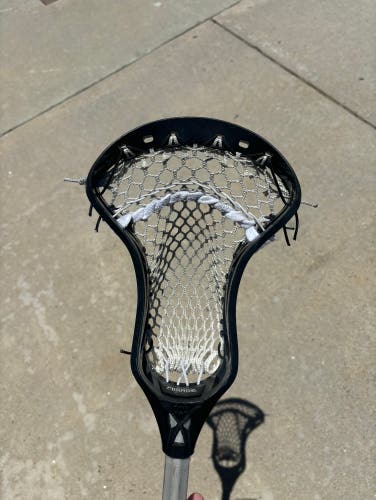
d1creasecranker
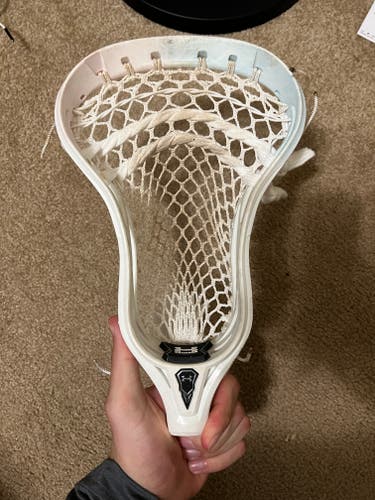
Connor215

mitchm7
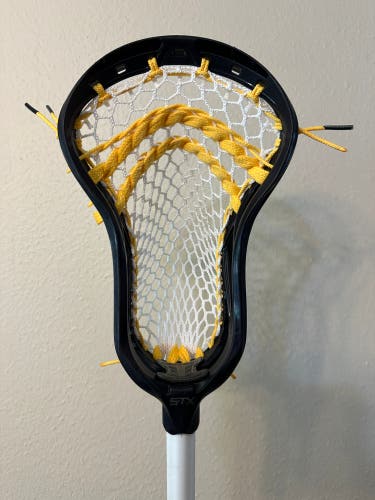
ThackAtttack

Matyadkibs

southrnfriedlax
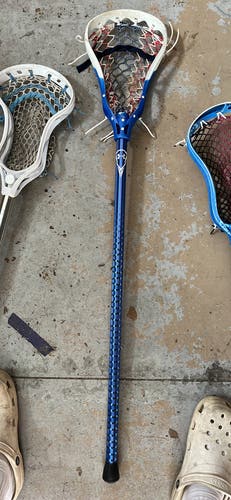
BraydenM123
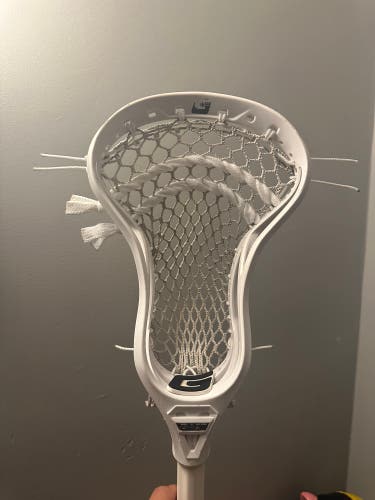
Cade48

Cooperlee5

mitchm7
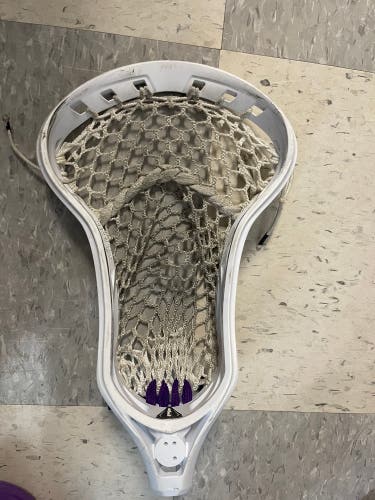
theller13
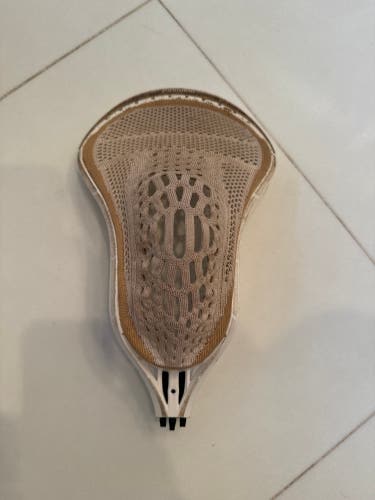
thomass1776

Bwalsh4
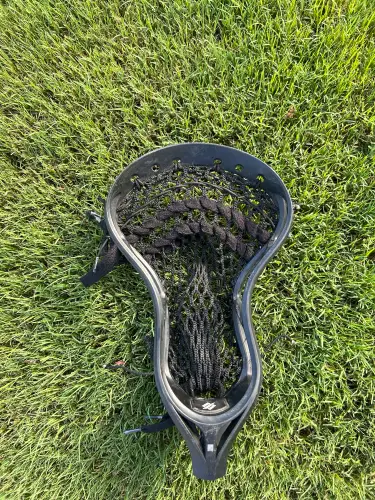
Luke_Costa3
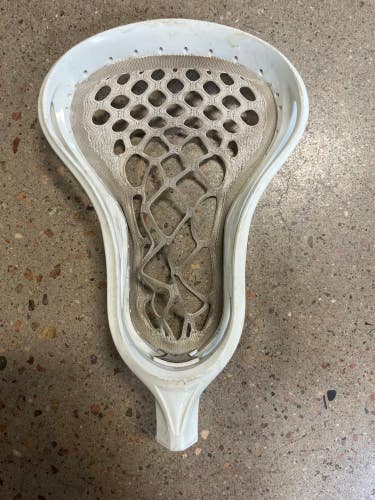
blowout_bargains
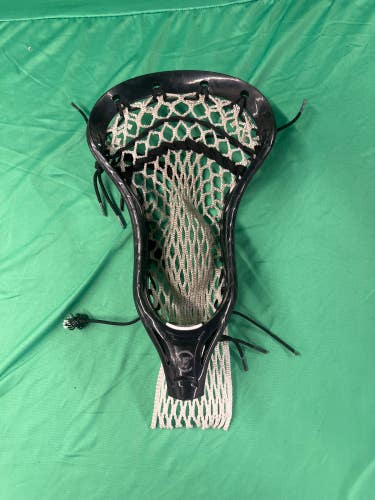
blowout_bargains
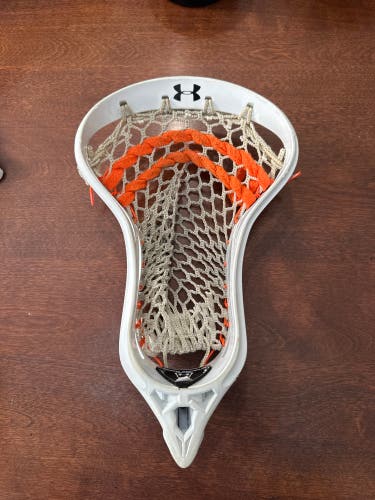
SB71
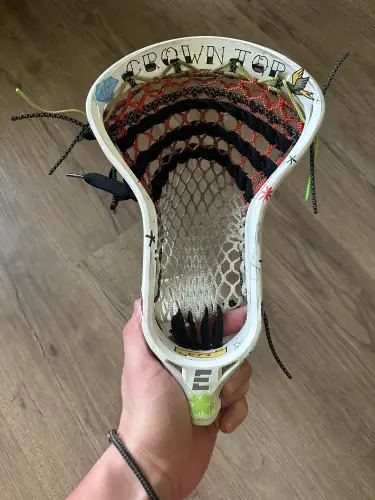
CrownTopLacrosse

masonk_150

lone_star_lax

masonk_150

CEbert08
Black STX Primer Head
$53$5910%


Laxguy883

buttersticks24

john8138